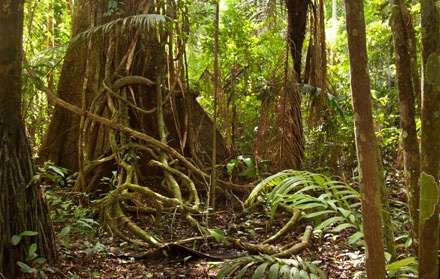
A team of scientists has found new areas of forest equivalent to 60% of the size of Australia. Source: ECU Daily
According to the latest statistics from the World Bank, there was an estimated forest area worldwide of just under 40 million km2, increasing the estimated forest cover globally by almost 10%.
Professor Andrew Lowe, Chair of Plant Conservation from the University of Adelaide said, “Just when we thought we knew the world, this project shows we are still improving our knowledge and description of natural systems.
“To find an area of forest that represents 10% of the global forest cover is very significant, with broad consequences for global carbon budgeting and dryland restoration and management.”
The study, by the United Nations Food and Agriculture Organisation (FAO), used a new tool to analyse forests from drylands worldwide.
Called Collect Earth, the new tool allowed the team to overcome previous technology problems, such as unreliable imagery, enabling the team to reclassify certain dense areas of trees as forests.
The study included the Terrestrial Ecosystem Research Network (TERN) analysis team, lead by the university’s Associate Professor for the School of Earth and Environmental Sciences, Ben Sparrow.
“The main reason for the underestimate of forest cover is that previous land type classifications have been based on older and lower resolution satellite imagery,” said Prof. Sparrow.
“This new reassessment has been possible due to access to higher resolution satellite imagery, through Google Earth Engine, as well as the incorporation of ground validated information from TERN’s ecological plots.”
The new reclassified dryland forest areas included locations in coastal Australia, South America, and northern regions of Colombia, Venezuela, Canada and Russia. Africa had the greatest increase in coverage with the estimates doubling.
Despite the newly discovered forest areas in these locations, current estimates state that already this year nearly 50,000 km2 of forest has already been cut down.





